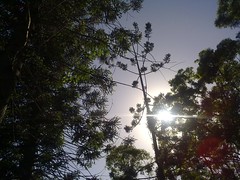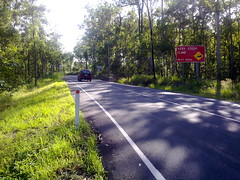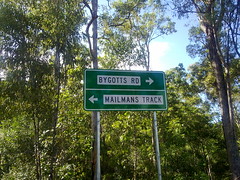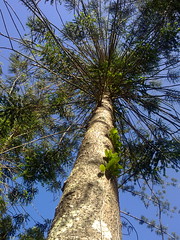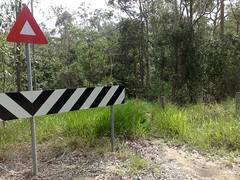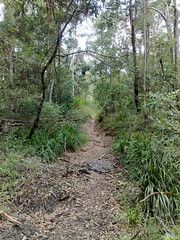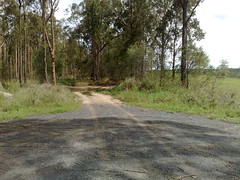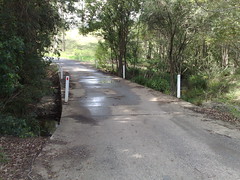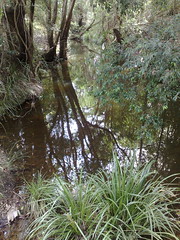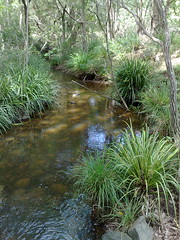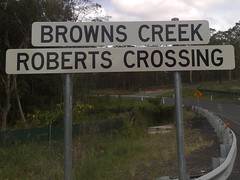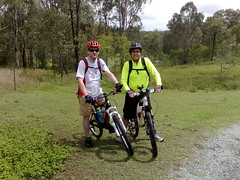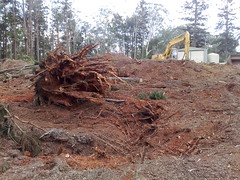Sentinel
Ancient One with your arms held high,
Guarding the bones in this field of tears,
If I bend my ear to your gentle sigh
Will you sing me your song from long-gone years?
……
The dark-skinned keepers of the river of pines
Chant dream-time clap-stick songs and vows
And leave their beloved dead behind
To sleep in my timeless caring boughs.
I see the tears on your dusty face.
Your treasure is safe in my wooden embrace.
The sunburned settler far from home,
Far from the gentler softer lands,
Bows in prayer at the open grave
In the blessed shade of my verdant hands.
Lie peacefully now at my wooden feet.
I’ll shelter your parched bones from the heat.
The soldier’s widow speechless stands,
Farewells the ANZAC she loved the most.
The wind sighs through my leafy hands
As the bugler plays a sad “Last Post”.
Your brave lover’s watch has come to an end.
He can rest. I’ll guard him well, my friend.
……
Sentinel with your arms held high,
Will you watch my bones when I am gone?
Will you shade my children from the scorching sky,
You long-lived ageless timeless one?
The children of earth are a short lived race
Who rush to and fro in haste and greed.
I have not lived such a quickened pace
As I have grown to this height from such a small seed.
But I watch you all and I taste your tears,
And I’ll care for your bones through all my years.
I saw this tree in a cemetery a while ago, and later learned that some local Aborigines believe it was once used as a “burial tree”. The tree is certainly old enough to predate European settlement and there’s a beautiful resonance in the thought that a tree that may have been a vital part of the burials of the first Australians should still be “keeping an eye” on a modern cemetery.
Some things like trees are almost timeless.
Some things like grief at the loss of a loved on are timeless!




